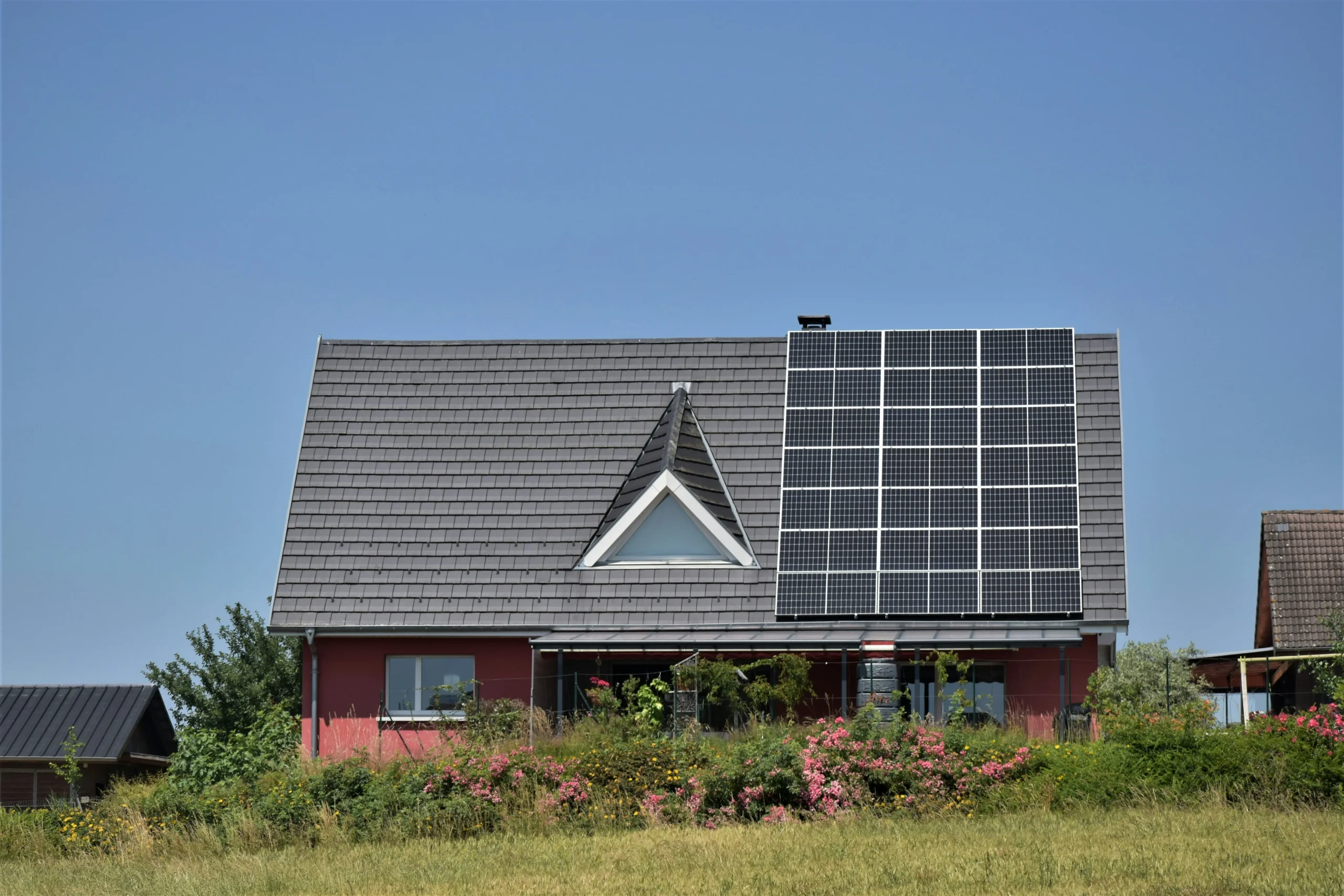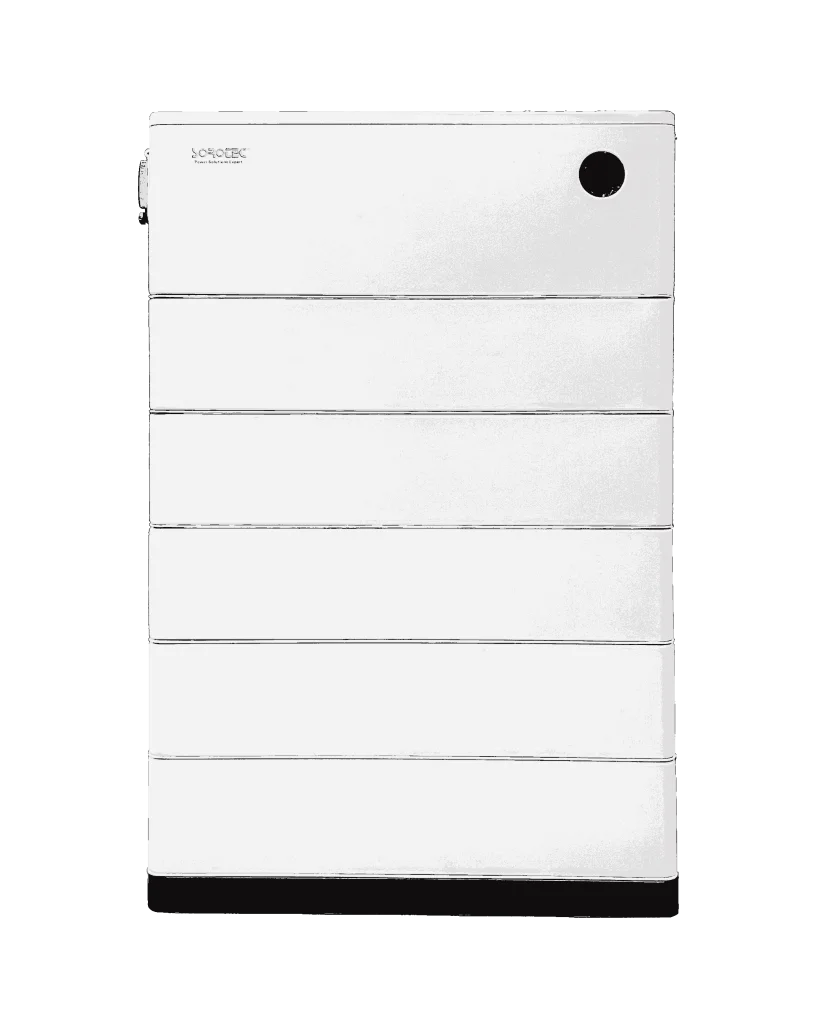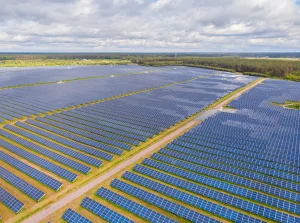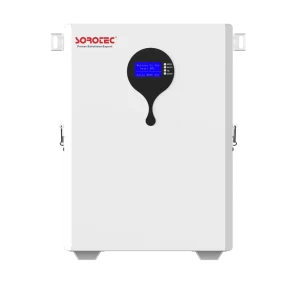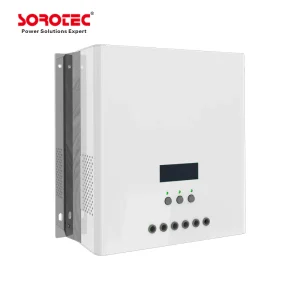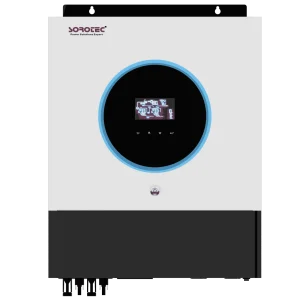As folks around the world want cleaner energy, lots of homeowners are picking solar power not just to make electricity but to save it too. Solar battery storage lets you use your solar energy when the sun’s not out—like at night, on cloudy days, or when the power goes out. But how much battery storage does a solar-powered house really need?
This guide shows you the big things to think about when picking the right size for a home solar battery system. Additionally, we’ll talk about cool solutions from SOROTEC a top name in smart power and energy-saving tech.
Understanding Home Battery Storage Needs
What Is Solar Battery Storage?
A solar battery storage system saves extra energy your solar panels make during the day. You can use that saved power later, like at night or when the grid goes down. It makes your solar setup super handy and trusty.
Why Does Battery Size Matter?
How much storage you have decides how much you can rely on your own power. Whether you want to cut electric bills, keep lights on during blackouts, or live off-grid, getting the right battery size is a big deal.
Key Usage Goals:
- Load Shifting: Save cash by storing power when prices are low and using it when prices are high.
- Backup Power: Keep important stuff like fridges or lights running when the power’s out.
- Off-Grid Living: Run your whole house without needing the grid.
How to Guess Your Battery Storage Needs
Step 1: Figure Out Daily Energy Use
Check your electric bill first. Most homes use 20 to 30 kWh per day. But this can change a lot based on how big your house is, what gadgets you use, the weather, and how many people live there.
Example: A home using 900 kWh a month uses about 30 kWh a day.
Step 2: Pick Days of Freedom
This means how many days you want to use only your stored power.
- 1-day freedom = 30 kWh
- 3-day freedom = 90 kWh
- Off-grid life often needs 3–5 days of storage.
Step 3: Tweak for Depth of Discharge (DoD)
You can’t use all of a battery’s power. Lithium iron phosphate (LiFePO₄) batteries, like those from SOROTEC, let you use about 90–95% of their juice.
Formula: Needed Size (kWh) = Daily Use × Days of Freedom ÷ DoD
Example: 30 kWh/day × 3 days ÷ 0.9 = 100 kWh
Turning Storage Needs Into Battery Count
Once you know your total storage need, divide it by the size of each battery unit.
For example:
SOROTEC’s SL-RH/S-EU battery system gives 10–15 kWh per unit with a 6000-cycle life. A 100 kWh system would need about 7–10 units, depending on how you set it up. These bendy designs work great for homes tied to the grid or off-grid.
Fancy Things to Think About for System Size
Factor 1: Daily Solar Power
If your solar panels make 40 kWh a day but you only use 30 kWh, a smaller battery might be enough. Extra energy fills the battery back up every day.
Factor 2: System Losses
No system is perfect. You lose about 5–10% of power when storing or changing it. Plan for that so you don’t come up short.
Factor 3: Weather Stuff
Cloudy skies, shady roofs, or winter days cut down solar power. In those spots, it’s smart to get a bigger battery to stay safe.
Factor 4: On-Grid vs. Off-Grid
- On-Grid: You can lean on the grid if your batteries run dry.
- Off-Grid: You need more storage to stay free.
SOROTEC’s REVO HES and REVO HMT inverters handle both ways. They mix solar and grid power, perfect for homes wanting to save money and be a bit free.
Picking the Right Battery Type
There are a few kinds of batteries for solar systems. But LiFePO₄ is the best for homes because it has:
- Long life (up to 6000+ cycles)
- Super good power use
- Safe design
- Small size
SOROTEC offers storage batteries with built-in Battery Management Systems (BMS). They have Wi-Fi for checking them from afar and easy setups for any home.
SOROTEC’s Cool Solutions for Home Energy Storage
Since 2006, Shenzhen Soro Electronics Co., Ltd. has been a big deal in solar inverters and battery storage. As a high-tech company, SOROTEC’s off-grid and hybrid systems help homeowners everywhere. They offer:
Featured Products:
- REVO HES Inverter
- IP65 protection for tough weather
- Works with CT sensors to manage power
- Great for full-home backup or off-grid life
- SL 24V/48V Lithium Battery Series
- Lots of power in a small package
- Works in hot or cold places
- Bendy modules you can add to
- MPPT SCC Solar Charge Controllers
- Smart tracking for max power
- Stops overcharging or overloading
- Fits different battery types
These goodies make sure your solar home runs smooth, safe, and strong.
Common Goofs to Skip
- Guessing Too Low on Freedom Needs: Super bad for off-grid homes. You might run out of power.
- Forgetting Power Losses: Not planning for 5–10% losses means your system might be too small.
- Ignoring Weather: Cloudy or shady spots can mess up your power. Plan for it.
Teaming up with pros like SOROTEC helps you dodge these mistakes.
Conclusion: Building a Trusty Solar Battery System
To figure out how much battery storage your solar-powered house needs, think about your daily power use, how long you want to be free, and how well your system works. Whether you want grid backup, cheaper bills, or full freedom, SOROTEC has smart, growable energy storage fixes made just for you.
With SOROTEC’s top-notch lithium batteries, clever inverters, and worldwide help, switching to green energy is easy and awesome. You’ll save money and help the planet too!
Frequently Asked Questions (FAQs)
Q1: Can I start with fewer batteries and add more later?
A: Yes! SOROTEC’s modular systems, like the SL-RH series, let you grow your setup as you need more power.
Q2: How long do lithium batteries from SOROTEC last?
A: Our batteries give 6000+ cycles. That’s about 10–15 years of use, depending on how you use them.
Q3: Do I need batteries if I’m hooked to the grid?
A: No, but batteries keep you safe from blackouts, cut high-time bills, and make your solar pay off more. They’re super handy even with the grid!


